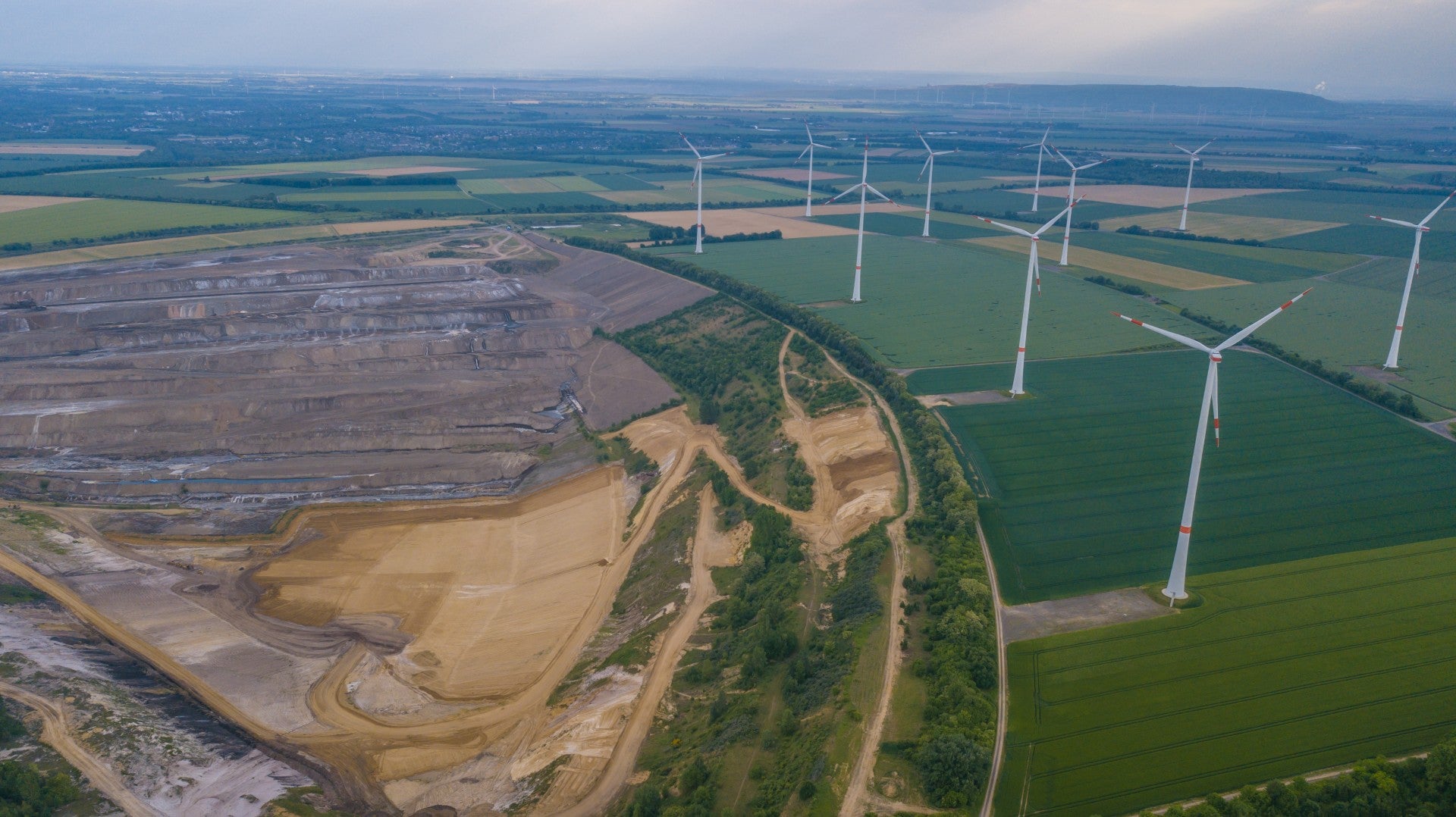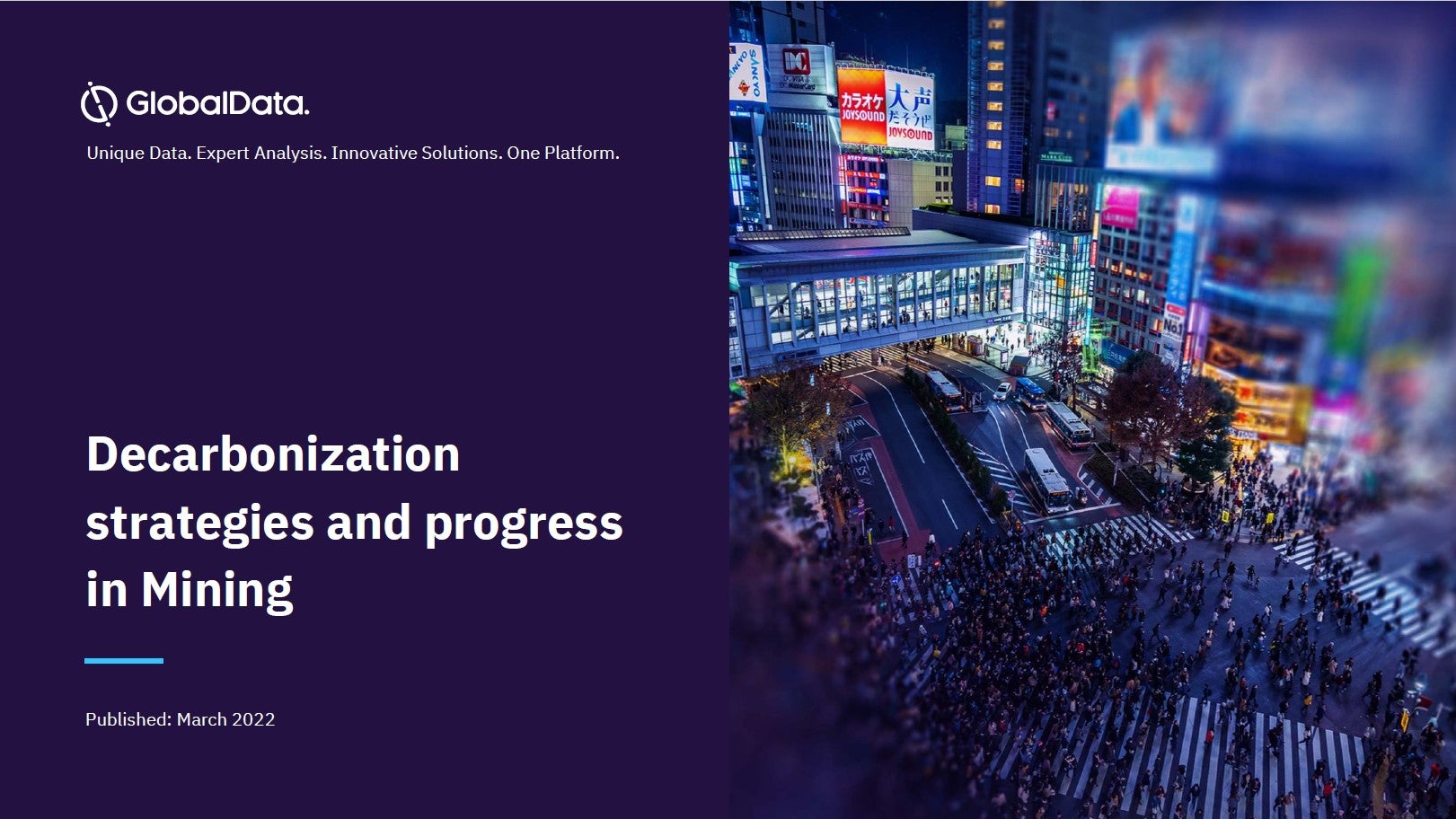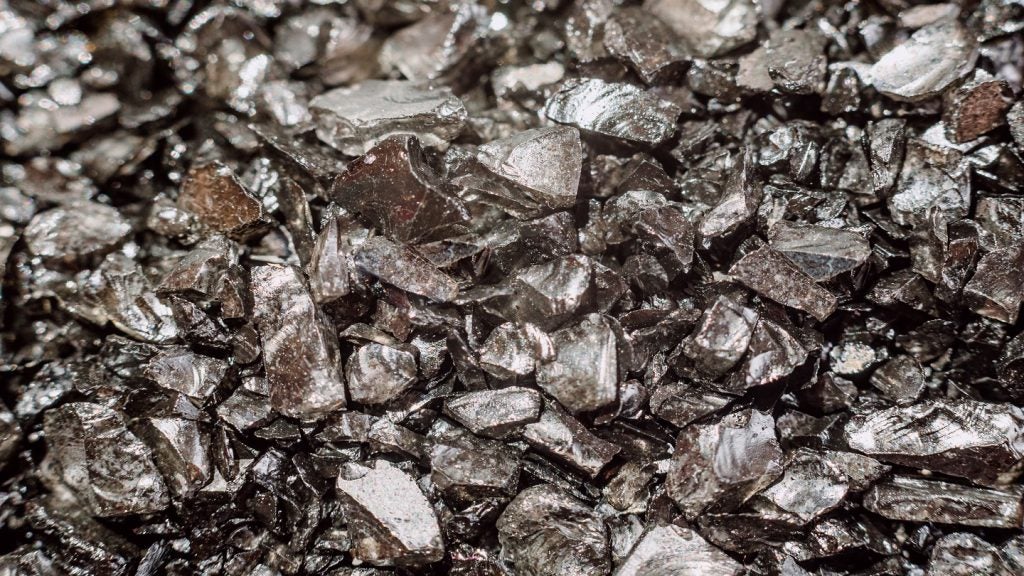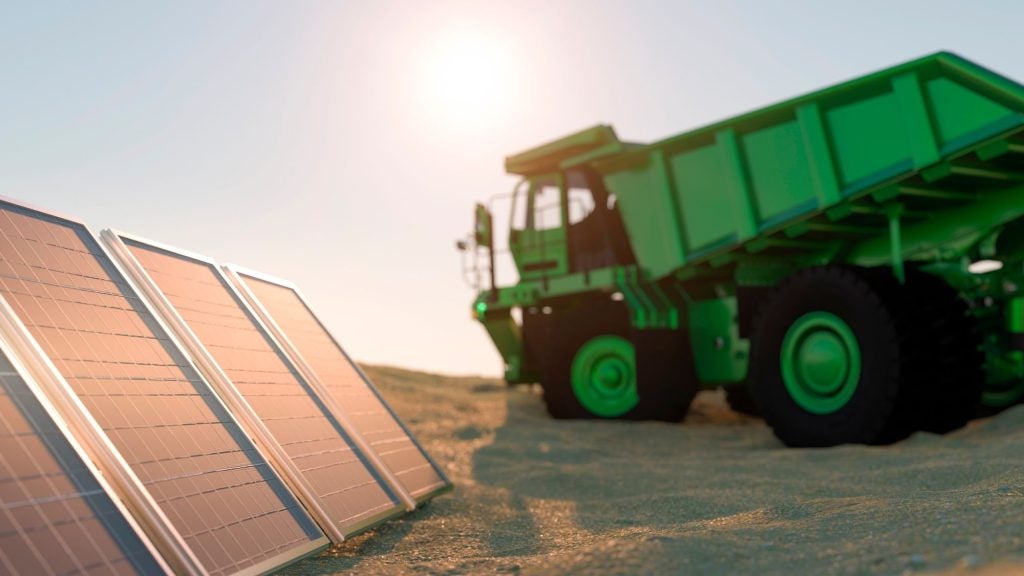
The mining industry is of critical importance in facilitating the transition towards clean energy and greater energy efficiency. From lithium-ion batteries to photovoltaic cells, most green technologies require specific metals and minerals in their construction.
It is expected that the production of minerals such as graphite, lithium, and cobalt could increase by nearly 500% by 2050 to facilitate the transition to net zero. Certain minerals have already seen a significant jump in production, such as lithium, where production has risen from 28,100 tonnes in 2010 to an estimated global total of 82,000 tonnes in 2020.
As the production and use of these metals and minerals proliferate, the importance of a circular supply chain will become more apparent, as most renewable and low-carbon technology uses recoverable metals. This offers the opportunity for the recycling and re-purpose of technology such as electric vehicles (EV) at the end of their operating life.
Decarbonising the mine site will also become critical. This will be supported in the deployment of disruptive technologies such as EVs, renewable power, and artificial intelligence systems.
As part of the transition, environmental, social, and governance (ESG) values will also need to become more embedded within mining companies’ code of conduct. Companies must ensure that their mining operations do not cause undue social and environmental damage, which will assuage investor and consumer pressure on the supply line and support a more holistic and mutually beneficial system of production.
How well do you really know your competitors?
Access the most comprehensive Company Profiles on the market, powered by GlobalData. Save hours of research. Gain competitive edge.

Thank you!
Your download email will arrive shortly
Not ready to buy yet? Download a free sample
We are confident about the unique quality of our Company Profiles. However, we want you to make the most beneficial decision for your business, so we offer a free sample that you can download by submitting the below form
By GlobalDataSee Also:
Upscale of diversified sources of new supply
Facilitating the green transition will require a significant upscaling of several key metals and minerals. The World Bank Group report, ‘The Mineral Intensity of the Clean Energy Transition’, has projected a rise in production of critical minerals used in technologies essential to a low-carbon future. The report forecasts a 965% increase for lithium; 585% for cobalt; 383% for graphite; 241% for indium; and 173% for vanadium by 2050.
In the upscale of EVs in the UK alone, it will take an estimated 207,900 tonnes of cobalt; 264,600 tonnes of lithium carbonate; 7,200 tonnes of neodymium and dysprosium; and 2,362,500 tonnes of copper. If extended worldwide, the EV industry would require over 40 times these quantities.
This is also the case with other renewables, with an onshore wind plant requiring nine times more mineral resources than a gas-fired plant of the same capacity. Since 2010, the average amount of minerals needed for a new unit of power generation capacity has increased by 50% as renewables increase their share of total capacity additions.

Circular supply chain
Copper and rare earth metals cannot be substituted, making their reuse highly dependent on recycling and repurpose initiatives. Here the importance of the circular supply chain becomes clearer. Incentivising recycling for products at the end of their operating life will relieve significant pressure off the primary supply.
Metals are infinitely recyclable due to their inherent durability, strength, and anti-corrosive properties. Opening up a stream of re-purpose and reuse – which rejects theephemeral approach of traditional manufacturing in favour of an efficient, environmentally sound, and sustainable way of thinking – will greatly reduce the pressure on mining firms to produce unsustainable levels of metal and minerals.
For bulk metals, recycling practices have been in place for decades. However, most energy transition metals, notably lithium and rare earth elements, have yet to be recycled at the same level. According to the International Resource Panel, recycling only accounts for 1% of the present demand for lithium. Even for metals such as aluminium and cobalt, for which end-of-life recycling is up to 70%, secondary supply still only accounts for 30% of their growing demand.
It’s estimated that by 2040, recycled quantities of copper, lithium, nickel, and cobalt from spent batteries could reduce combined primary supply requirements for these minerals by around 10%. Much of this will be available from spent EV batteries, with more than 1,200GWh available by 2050.
The circular approach is not only confined to the recycling of finished products. At the mining site, waste ranging from rock emissions to water treatment sludge can be reused within the production chain or re-purposed elsewhere.
One company leading in this area is XJ Nippon Mining & Metals, which recycles and re-purposes a wide variety of materials, from end-of-life mobile phones to industrial waste oil, via its own environmental services companies. Of the total volume of waste materials generated in 2015, 83% was reused internally, while, in its copper recycling system, around 26% of its total scrap production is recovered.

Technological innovation on the mining site
Technological advancement has played a vital role across all cycles of mining projects. In recent years, an acceleration in investments in disruptive technologies has seen the mining sector finally catch up with a dynamic that has already advanced in many other sectors. Technologies such as big data, automated machinery, electric vehicles, digital twins, water management and tailings recovery technologies, and renewable energy generation have gained favour and begun to be implemented within mining sites worldwide.
A significant concern for miners in the short term is reducing emission levels on the mine site. The remedy for this is consistent – electrification. Removing 6.1 billion litres of diesel a year at copper mines (equivalent to 105kbd, or 0.1% of global oil demand) would save around a quarter of mine greenhouse gas emissions.
Eliminating exhaust gases has health benefits for underground workers and requires less ventilation, and electrification allows safer operations, automation, and regenerative braking to boost efficiency.
Another key action will be embedding renewable technology to power mine site operations. The Chilean mining sector has already demonstrated the role renewables can play in mine site operations. Most of Chile’s mineral deposits are based in the remote Atacama region, which has the highest solar incidence in the world.
In 2013, state-owned miner Codelco developed the 34MW Pampa Elvira solar power project, which contributes 54,000MWh of thermal energy to the Gabrial Mistral copper mine annually. This replaced 85% of the fossil fuel used in the electrowinning process, resulting in an annual reduction in CO2 emissions of 15,000 tonnes.
If used in conjunction with effective energy storage, it could act as a gamechanger for renewable integration, offsetting much of the need for base load power. This is in addition to providing several advantages for mines by smoothing renewable intermittency, lowering peak demand, providing backup power, and increasing reliability.
ESG standards
One critical strategic change mining must adopt during the transition is tackling the environmental and social impacts of mining. With many critical minerals within areas blighted by war, social inequities, and infrastructure not fully suited to large scale mining, a clear ESG framework must be embedded throughout the supply chain.
The Democratic Republic of the Congo (DRC) is indicative of this. Producing around 70% of global cobalt,, it has been saddled with extensive human, social, and environmental costs. Many Congolese ply their trade as artisanal subsistence miners, with children as young as three taught to pick out the purest ore from rock slabs.
Mining giants invested in the DRC must therefore ensure that their mining operations begin to benefit the local communities rather than acting as a force for harm. Glencore, which recently announced that it will restart operations at Mutanda, the world’s largest cobalt mine, had been accused of aiding a kleptocracy in their deals with Israeli businessman Dan Gertler, who is currently subject to sanctions over alleged massive corruption.
Miners must adopt due diligence in their supply chain to ensure that risks are mitigated and the transparency of operations is upheld to avoid investor and consumer concerns, which could lead to fiscal and reputational harm.
Financial and reputational benefits of ESG
Through incentivising higher ESG performance, mining companies will become more attractive to investors and consumers. The IBM Institute for Business Value published a 2020 report that found that the Covid-19 pandemic has overwhelmingly changed the sustainability mindset of consumers.
“Nearly eight in 10 respondents [to the survey] indicate sustainability is important for them. And for those who say it is essential, over 70% would pay a premium of 35%, on average, for brands that are sustainable and environmentally responsible,” it stated.
In an audit of the industry, PWC also observed that mining companies with ESG ratings outperformed the broader market during the peak of the Covid-19 crisis, delivering 34% average total shareholder return over the past three years — 10 percentage points higher than the general market index. This demonstrates a trend of improved ESG performance equating to improved fiscal performance, which is likely only to heighten as the transition to green energy systems continues.







